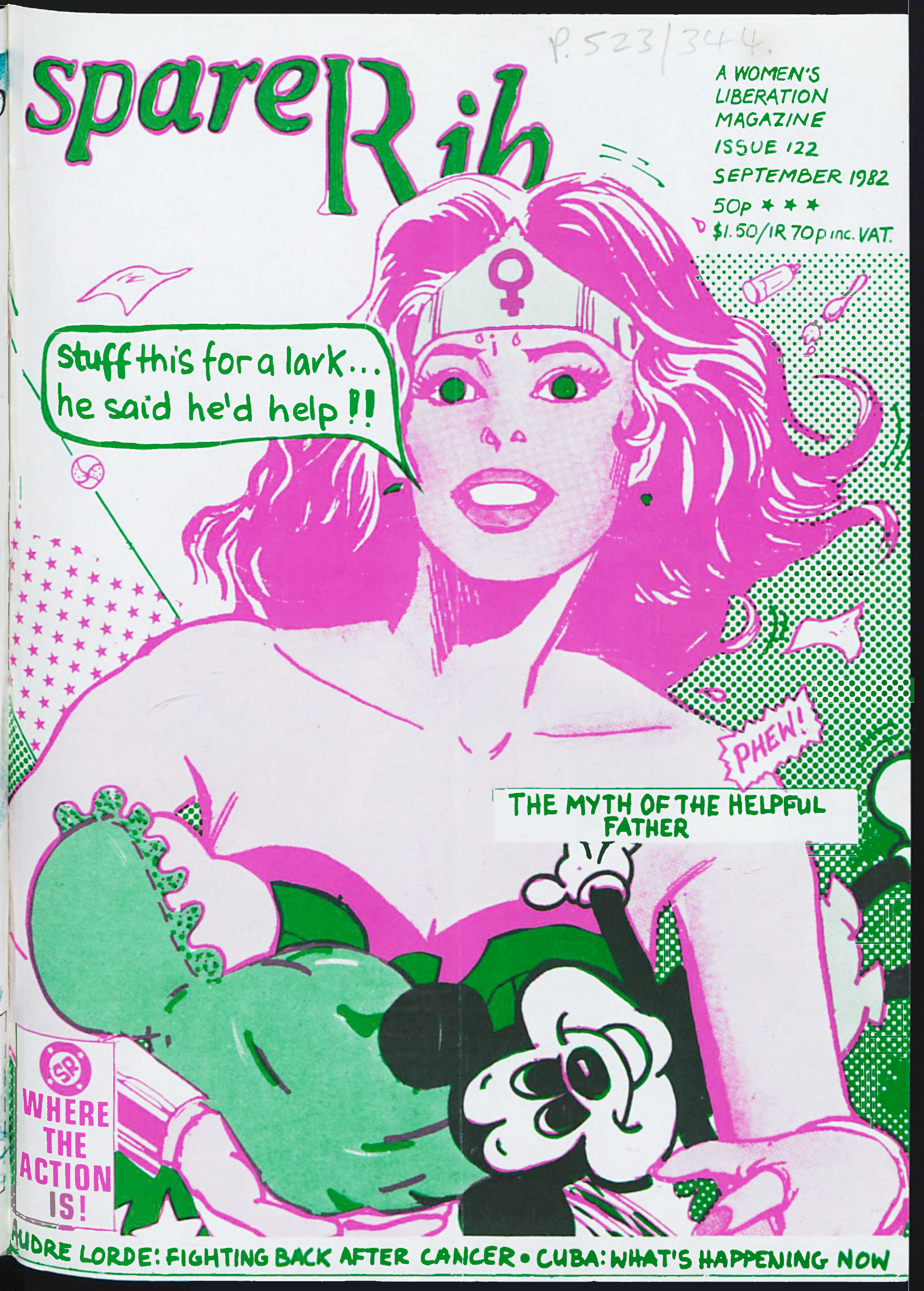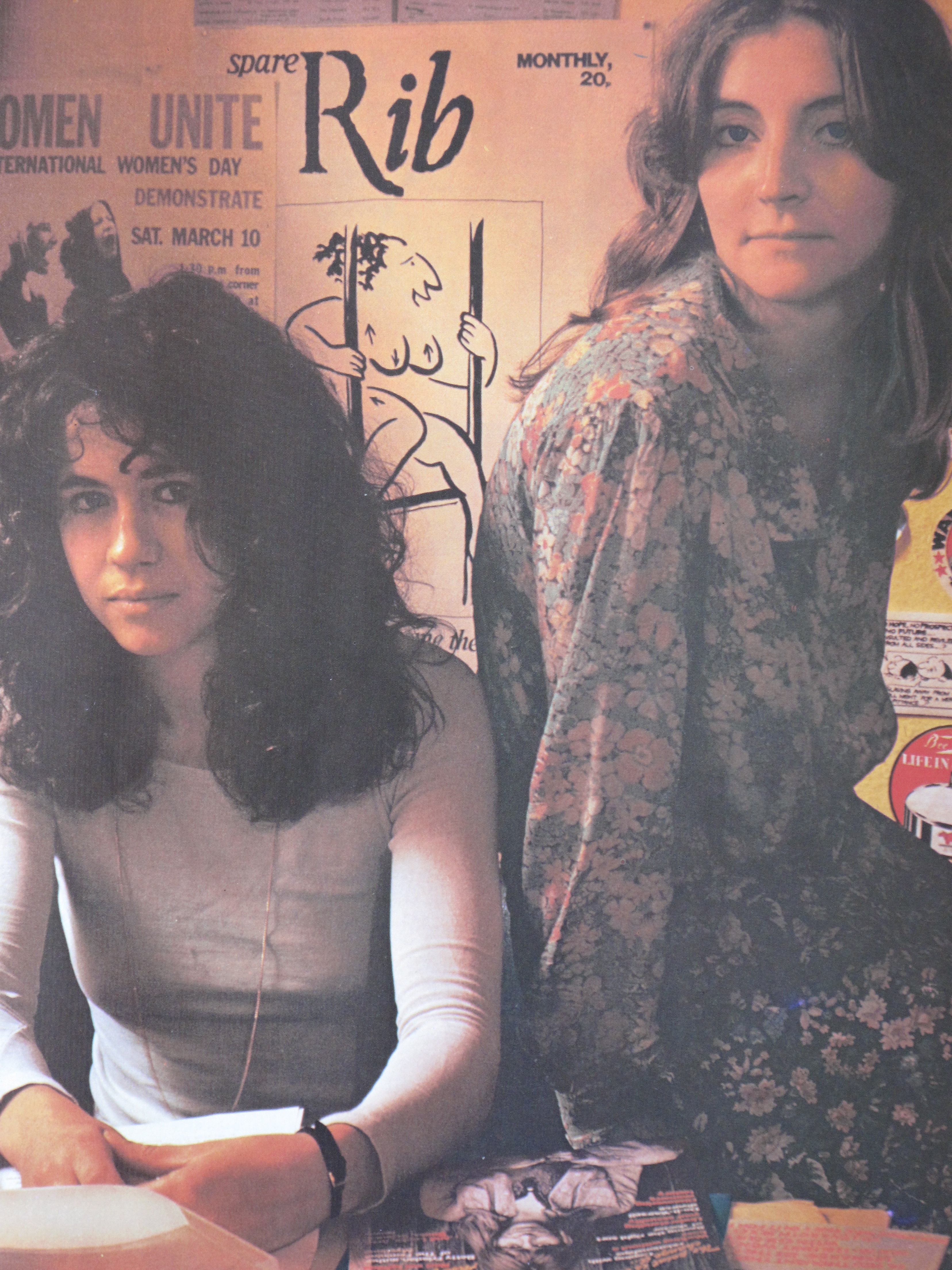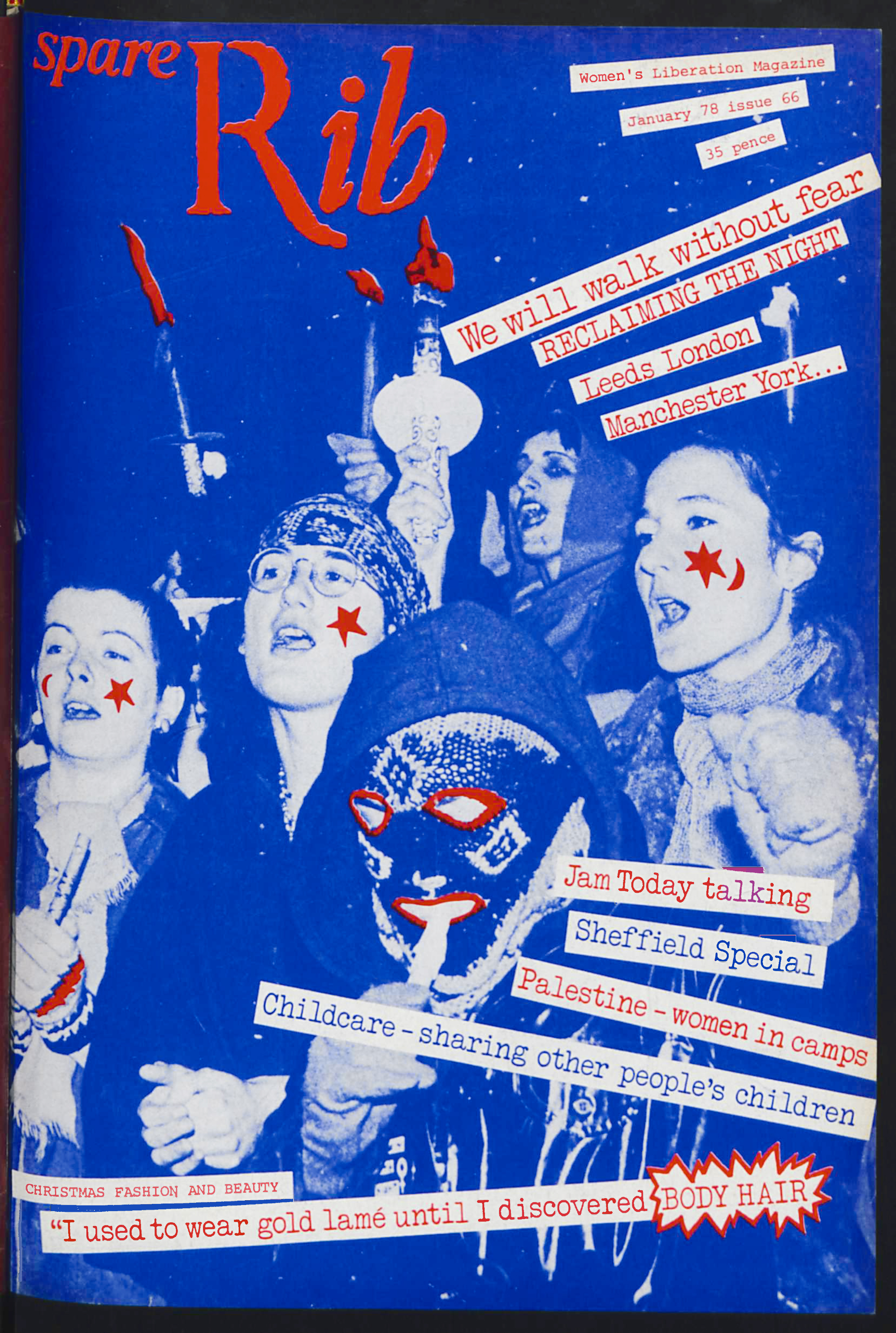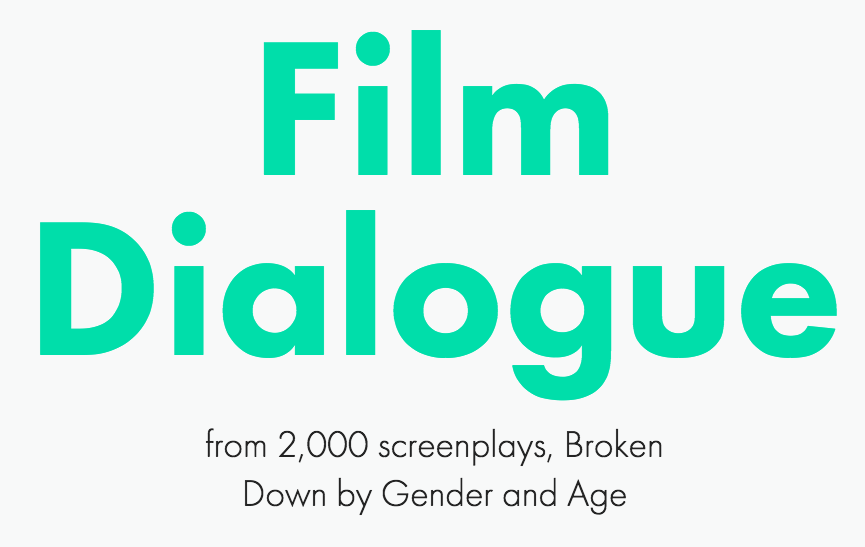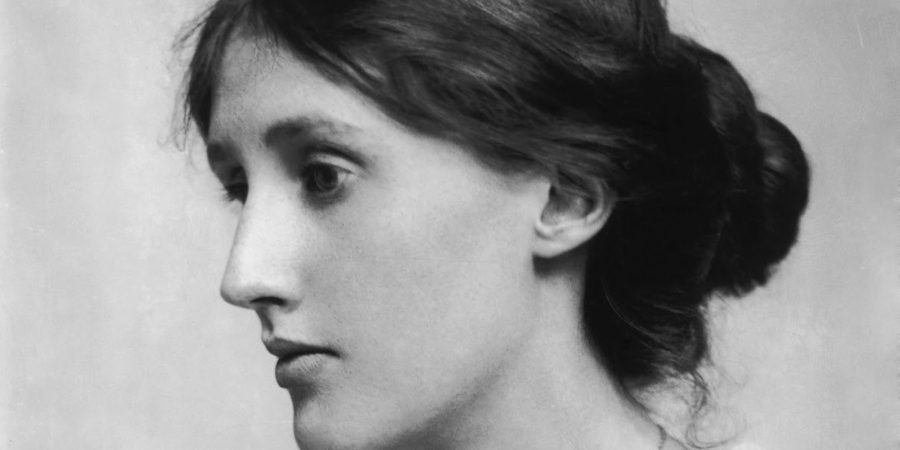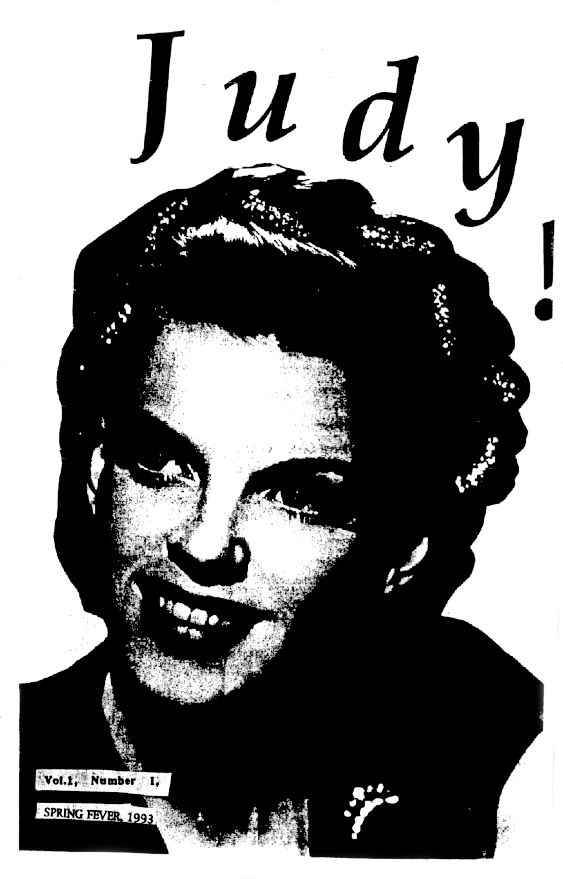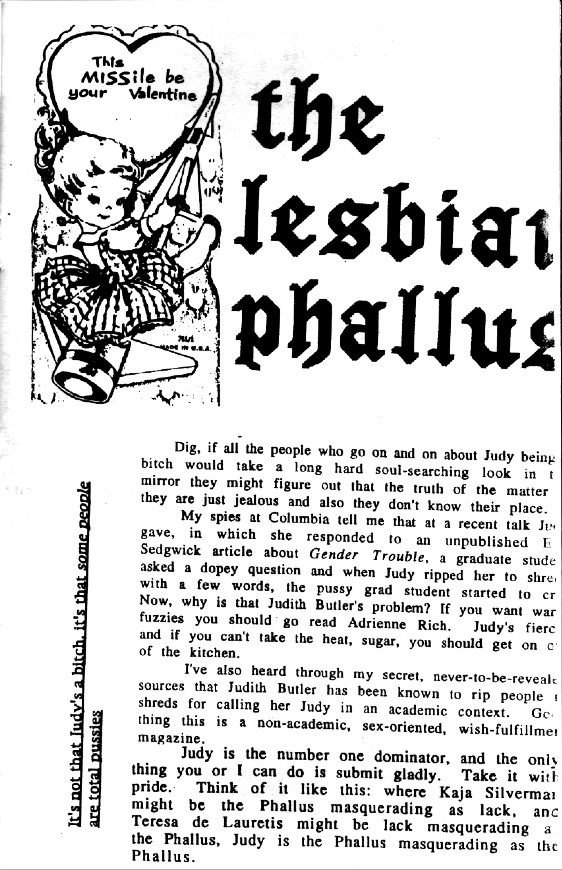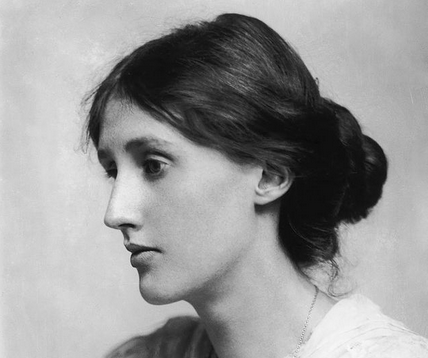Given how many academic philosophy departments have banished Existentialism into some primitive wilderness, it seems striking to hear people talk about it as a current phenomenon with a serious, living pedigree and a hip youth vanguard distilling its ideas into pop culture. By the time I’d heard of Albert Camus—by way of The Cure’s early single “Killing an Arab”—the references to the French philosopher and his novel The Stranger were already exotic, and as kitschy as the faux-Middle Eastern guitar line in the song. But in 1959, the hipster existentialist was a phenomenon so widespread that Norman Mailer wrote a scathing essay about the character.
And a Canadian journalist, sitting down to interview Existentialist philosopher Simone de Beauvoir, began by asking her to comment on the “group of noisy, rowdy jazz-loving young people, in the immediate post-war period.” This first wave of 50s Parisian hipsters embraced Sartre, Camus, and Beauvoir right along with Coltrane and Charlie Parker.
Beauvoir dismisses any connection between her kind of Existentialism and that of the rowdy masses except that of physical proximity. Nonetheless, like 90s feminist punk rockers who spread the ideas of third wave feminism, the French and American Beats made Existentialist philosophy cool.
Beauvoir prefers to draw a clear boundary between her work and the next generation’s appropriation. By this time, both Sartre and Camus had disavowed the term Existentialist and had a falling-out over Communism. But Beauvoir uses the term and refers to a “We,” who “think—and it’s one of the most important points in existentialism—that man is the purpose of man, his own future, and the purpose of all his activities.” She draws on stark binary oppositions of “good” and “evil” to explain the “fundamental basis of what you could call our ethics,” and yet, she says, “we don’t ask metaphysical questions.”
If it sounds like Beauvoir is summarizing Sartre, that’s part of what’s going on. The interviewer keeps pressing to understand the “existentialist man’s conception of the world.” She obliges, discussing “Sartrean Existentialism” and his major work Being and Nothingness and entertaining vague questions about atheism and politics. Finally, around 12:15, they begin to talk about the book for which de Beauvoir is best known, The Second Sex, which would go on to inspire 60s feminists like Betty Friedan, Gloria Steinem, and UK collectivist magazine Spare Rib.
Calm and measured throughout the conversation, Beauvoir defends her ideas, including the most provocative, that, as the interviewer paraphrases, “You don’t believe in the existence of a feminine nature. You believe people are first human, before being male or female.” She makes it clear right away that her anti-gender essentialism has roots in an even more fundamental, and very Existentialist, skepticism: “I don’t believe in the existence of a human nature.” All of us, whatever gender we’re taught to identify with, become products of our “place, time, civilisation, and technique etc.” through cultural conditioning, not inner necessity.
The Second Sex, she says, is not a revolt or a protest, but a description of an oppressive set of relations that “currently neither men nor women can just transform… with a magic wand.” Nevertheless, de Beauvoir became increasingly activist as she aged, giving the eloquent interview on “Why I’m a Feminist” in 1975. And above all, the younger generation who picked up piecemeal Sartre also picked up enough of Beauvoir’s work to begin forcing changes in the material conditions she identified as creating gender-based forms of social oppression.
Related Content:
Simone de Beauvoir Tells Studs Terkel How She Became an Intellectual and Feminist (1960)
Download All 239 Issues of Landmark UK Feminist Magazine Spare Rib Free Online
11 Essential Feminist Books: A New Reading List by The New York Public Library
Josh Jones is a writer and musician based in Durham, NC. Follow him at @jdmagness
